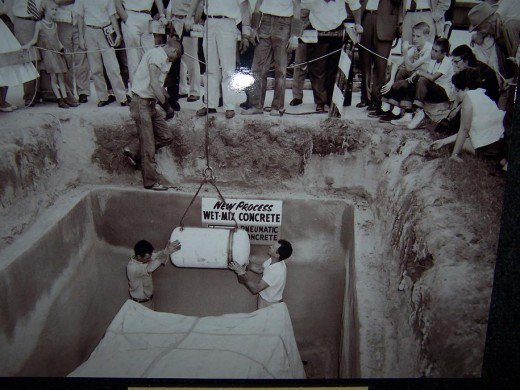By Doug Hanna
Sometime in the mid-1990s, S+H Construction was hired to perform a renovation on an old, but quite grand, wood-frame building on Massachusetts Ave. in Cambridge. The structure was originally built as a single-family residence but had been purchased by Lesley College, and at that time served as the administration building. Part of the project involved restoring and improving the front entryway. We removed the elaborate front door, pediment, and casings and saved them for reinstallation. While removing the door, we found a short piece of clapboard that had been fastened between the back of the door jamb and the frame. Written on the clapboard with a carpenter’s pencil, in a wobbly script, was a random time capsule of information about the house, the city, and the state of our country.

The date on the clapboard was from 1863. It started out talking about the cost of the land, the cost of construction, the price of gold, etc. Then the writer went on to say, as best as I can recollect: “We are now engaged in a great civil war. Cambridge has thus far sent 1,900 men to fight for the Union cause.”
I can’t tell you the feeling we had staring at this artifact, being the first people to see it in 130 years. A carpenter from the 1860s had successfully reached out a few generations in the future, to some new carpenters. His message was received, enthusiastically. We called the Cambridge Historical Commission, who took the artifact, photographed it for their archives, and instructed us to re-install it behind the door jamb when we rebuilt the entryway, which we did. And there it remains, until the next time someone takes this doorway apart.
One of the little-known joys of working on old buildings is stumbling across the gems that pop out from the mists of time. From simple things, like the Roman numerals that carpenters used to number pieces of trim or rafters, to graffiti from the 1820s to an empty crypt from a backyard near Harvard Square, a wide array of historical and archaeological artifacts have been revealed to us over the years. We’ve dug through old trash pits full of oyster shells, broken crockery, bottles, and clay pipes. We’ve also been around so long that we’ve even found some framing signed by us, from the 1970s.
For those of us in the trades, it’s not just the thrill of finding cool stuff from the past. It’s the understanding of the craftsmanship (done without power tools) and appreciation of the hours, days, and years of the people’s lives that created these structures that we value so highly. The more time we spend working on older structures, the more we respect the quality of the work, and the honest toil of the countless and nameless laborers, carpenters, and tradespeople who came before us.
(By the way, I have since learned that my great-grandfather, William J. Hanna, was one of those young Cambridge men who went off to the Civil War).